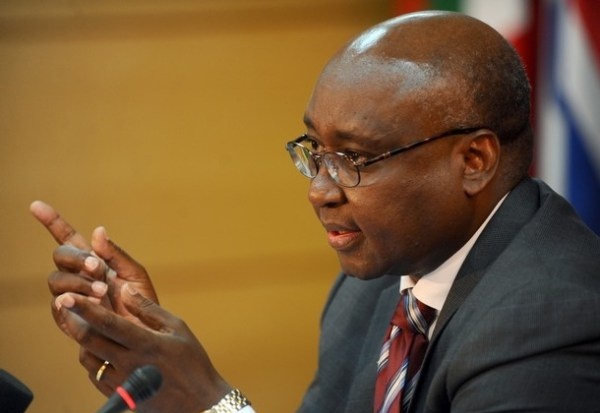
Kaberuka who on Nov. 6 was giving a public lecture organized by Bank of Uganda with the theme, “From Economic Growth to Economic Transformation: An Agenda of the African Development Bank,” said most African economies including Uganda had spent the 1980s and 1990s recovering their economies and many of them were now at the level of take off.
He noted that although the effects of the 2007 economic crisis were brutal to some economies on the continent, they were short lived for many African states because of strong macro-economic policies, robust exports and remittances from the Diaspora.
Kaberuka further noted that because rich countries at the moment were still grappling with the effects of the 2007 economic crisis, they are focused on their own progress and since African economies for a long time have focused on multi-lateral solutions for their problems, these are becoming increasingly difficult to come by.
It is for this reason, Kaberuka said, why the African Development Bank is advocating for the use of some of its member countries’ foreign reserves savings to finance trans-continental infrastructural projects.
He said about one trillion dollars at the moment is stashed away in foreign reserves abroad and yet these same countries look to India and China for loans to invest in huge infrastructural projects.
“We are in discussion to have a small proportion (5%) of these reserves to invest in Africa’s infrastructure which may fetch the continent high returns on investment,” Kaberuka said.
Kaberuka said this was the reason as to why the bank had focused on a number of projects within Uganda that do not only help Uganda but also help the neighbouring countries. He mentioned the Fort Portal- Kasese Road and the Kisoro-Kabale-Bunagana Road, the Bujagali power dam as well as another power transmission project which is supposed to benefit Kenya, Uganda, Rwanda, Burundi, eastern Democratic Republic of Congo and the water and sewerage project for Kampala city.
 The Independent Uganda: You get the Truth we Pay the Price
The Independent Uganda: You get the Truth we Pay the Price



